Lumber prices soar amid housing boom and severe timber shortages – this is what homeowners need to know
A lumber shortage is driving up prices, making an average US home $24,000 more expensive to build. Here's what's the behind the extraordinary price hikes
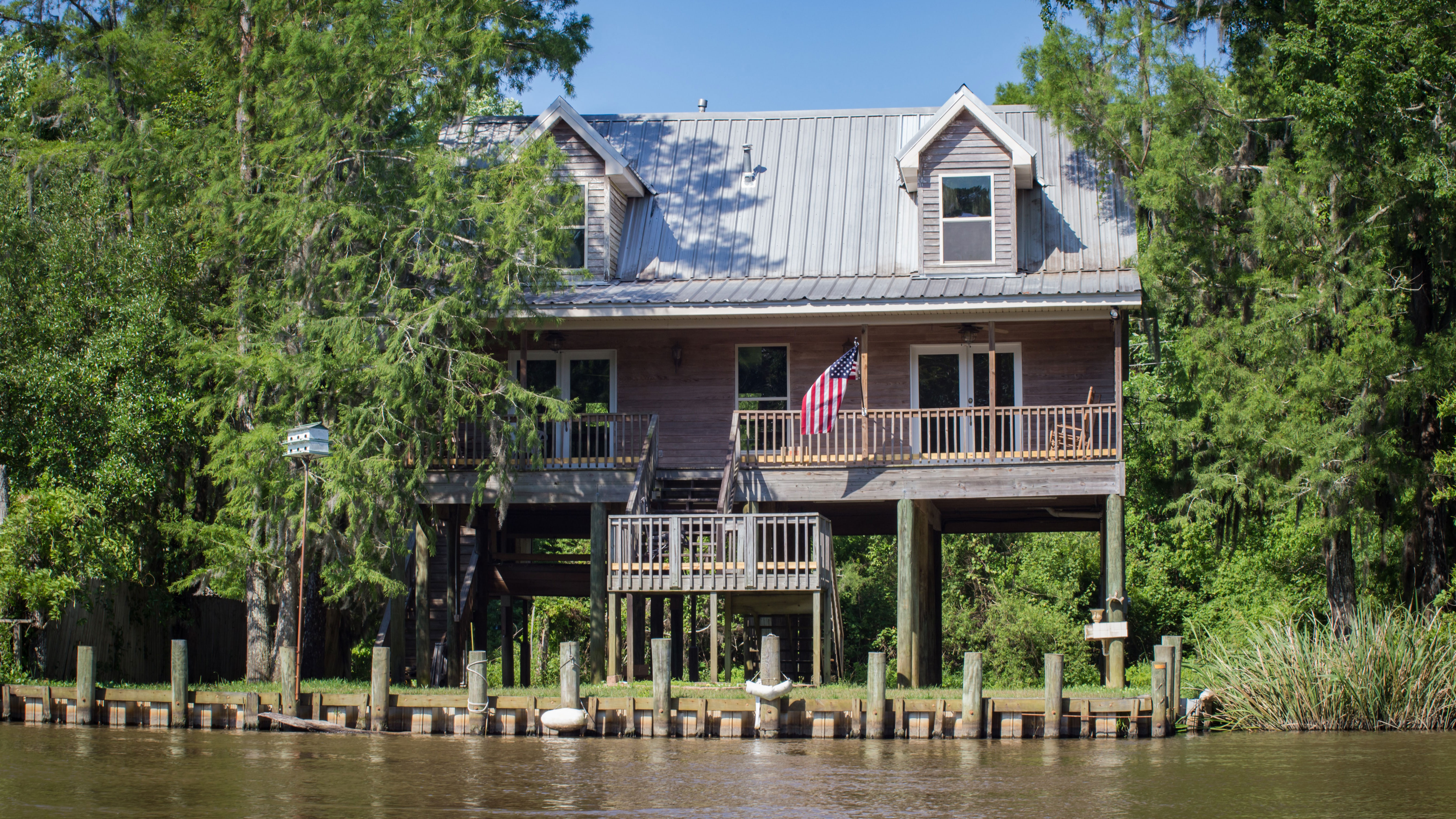

The US is experiencing an unprecedented lumber shortage – and concomitant price hikes of lumber that are unprecedented. The price 1,000 board feet of lumber reached $1,104 , up from $381 in 2015. Lumber is the primary building material for home building in the US, and the National Association of Homebuilders estimate that the surge in lumber prices has added $24,000 to the cost the average newly build home.
What is behind this extraordinary situation, and how long will it last? It looks like US homeowners have found themselves in the middle of a perfect storm of factors: a pandemic-driven surge of demand, an ailing lumber industry, and climate change.
- See: How to buy a house – a first-time buyer's guide
Unprecedented demand
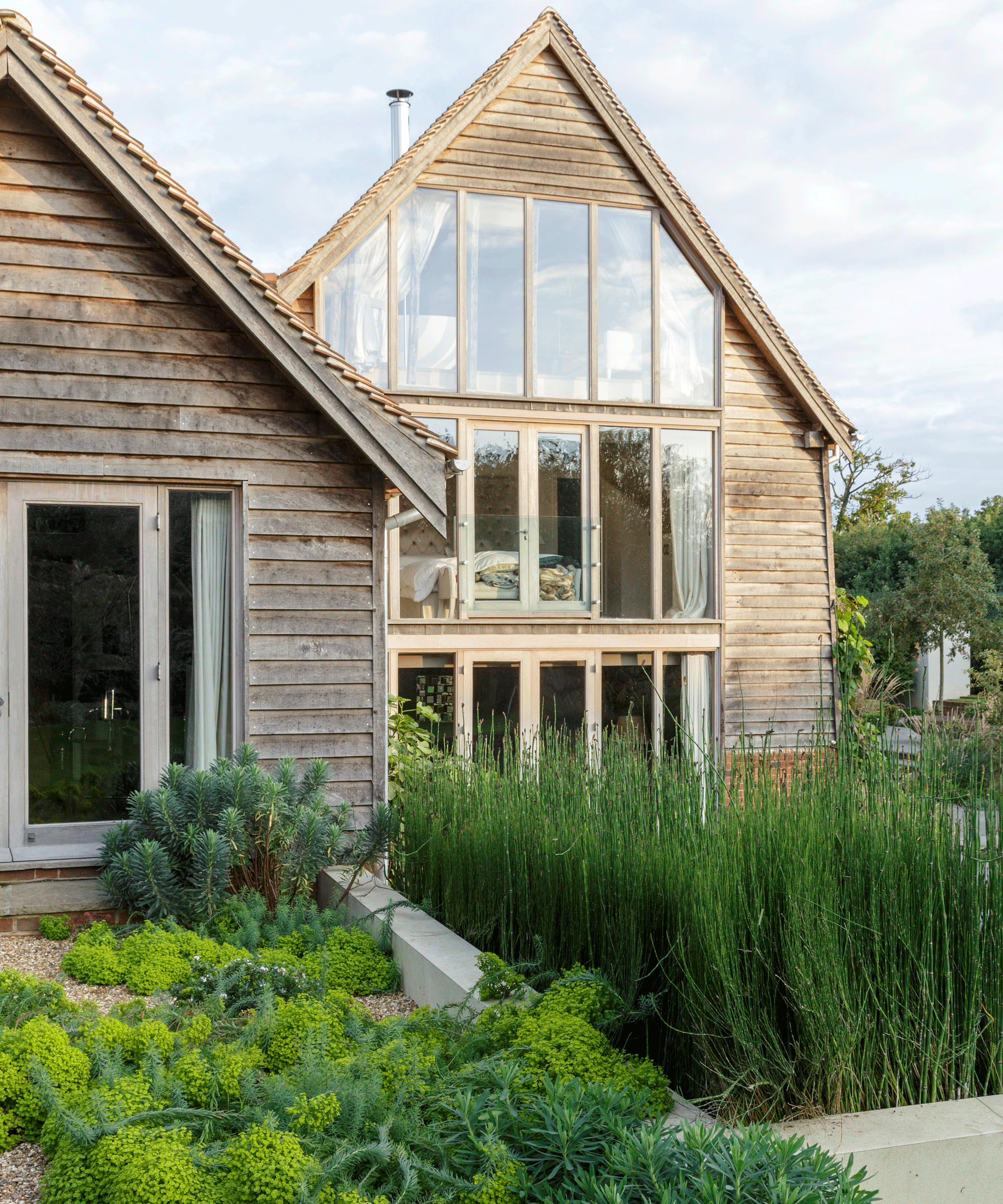
It is by now a fact of pandemic life that there are not enough homes going around, with demand far outstripping the available supply of homes.
Barron's reports that 'builders have only been able to prevent overall inventory from collapsing by selling homes where construction hasn’t yet started.'
Family homes are up a huge 50 per cent in demand in comparison with pre-pandemic levels, but there physically aren't enough homes to go around – and there is not enough lumber to build them.
Robinson Meyer points out in an article in The Atlantic that there is a demographic component to the surge in demand for homes that's putting extraordinary pressure on the lumber industry.
Millennials are now of the age where they are ready and able to become homeowners, and neither the builders nor the lumber industry were prepared for the onslaught.
Sign up to the Homes & Gardens newsletter
Design expertise in your inbox – from inspiring decorating ideas and beautiful celebrity homes to practical gardening advice and shopping round-ups.
'Just as we [millennials] stretched public-school systems in the 1990s and inflated the urban apartment market in the 2010s, we are now trying to buy more houses than exist to be sold,' Meyer comments.
Trouble in Canada
This coming of property-owning age of Millennial buyers is happening at a time when the lumber industry is being ravaged by a very difficult combination of climate change effects. The knock-on effect is from Canada, which supplies the majority of timber that becomes the lumber that is used to build frames for US single-family homes. The changing weather patterns in British Columbia and Alberta are causing a resurgence of the mountain pine beetle that has already destroyed 27 million hectares of forest.
But that's not all. Canada is experiencing record-breaking forest fires, now burning more than one percent of its forests every year. As a response, Canada has had to curtail the amount of timber being exported, making what is available hugely more expensive.
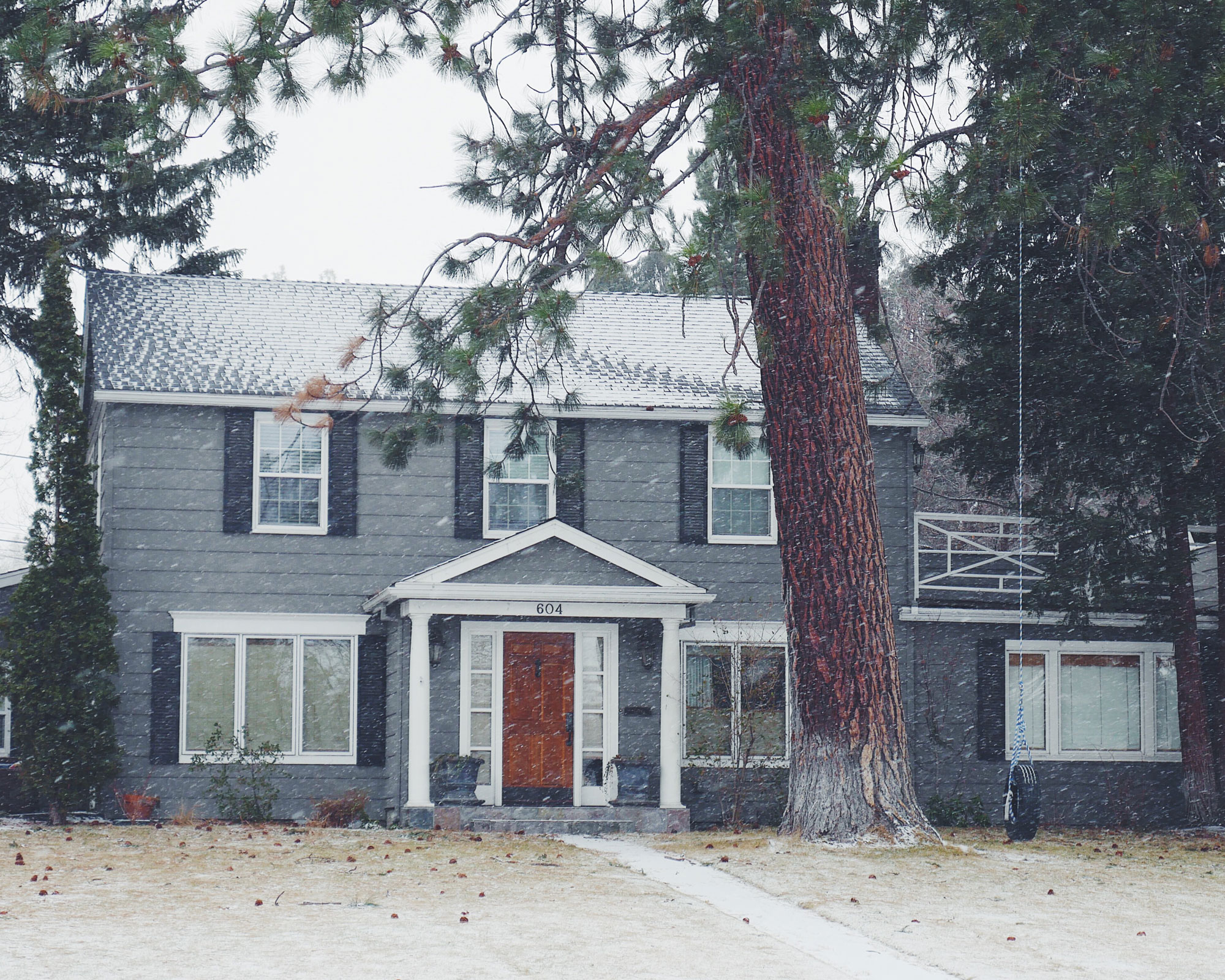
Industry problems
Finally, the lumber industry in the US is not on top form – and the reasons stretch way back to the financial crisis of 2008. America's lumber production slowed down dramatically after the credit crunch temporarily halted demand for new homes, and it has never fully recovered from it, producing 11 percent less lumber ever since.
Couple this with sawmills closing during the pandemic, when the lumber industry was anticipating a major downturn, and the result is an industry that cannot meet the sudden surge in demand.
The New York Times writes that this is a problem affecting multiple US industry sectors: 'businesses are beginning to face the challenge of producing adequate supplies of goods and services – whether lumber or cold beer – to satiate that resurgent demand.'
- See: Deck ideas – creative decking ideas for your garden, patio or terrace
What should you do during the lumber shortage?
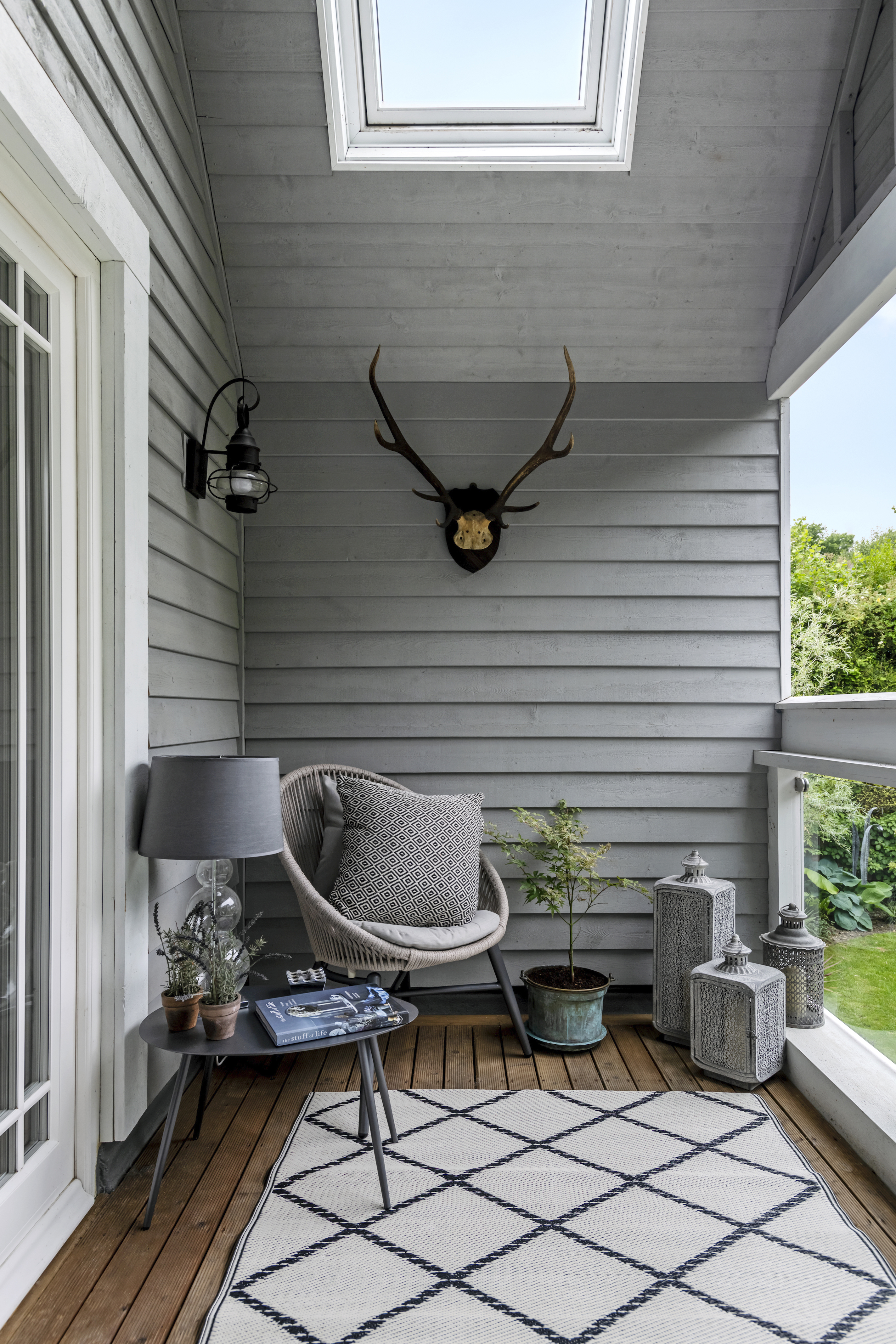
Stinson Dean, CEO of Deacon Lumber, told Fortune that lumber shortages will persist into at least November and that higher lumber prices are here to stay. It may be that prices come down again as the US negotiates overseas timber contracts to stabilize supply, but this solution isn't a quick one.
If you are buying lumber for a project at home, you may be better off sourcing reclaimed lumber, using pallets, or, if you're building a deck, using composite or plastic decking boards.

Anna is a professional writer and academic. She taught English Literature for several years before joining Future where she wrote for Real Homes, Homes & Gardens and Livingetc for four years. She is a regular contributor for Parade Home, BiggerPockets, and many other publications. In her spare time, Anna enjoys hiking and gardening.
-
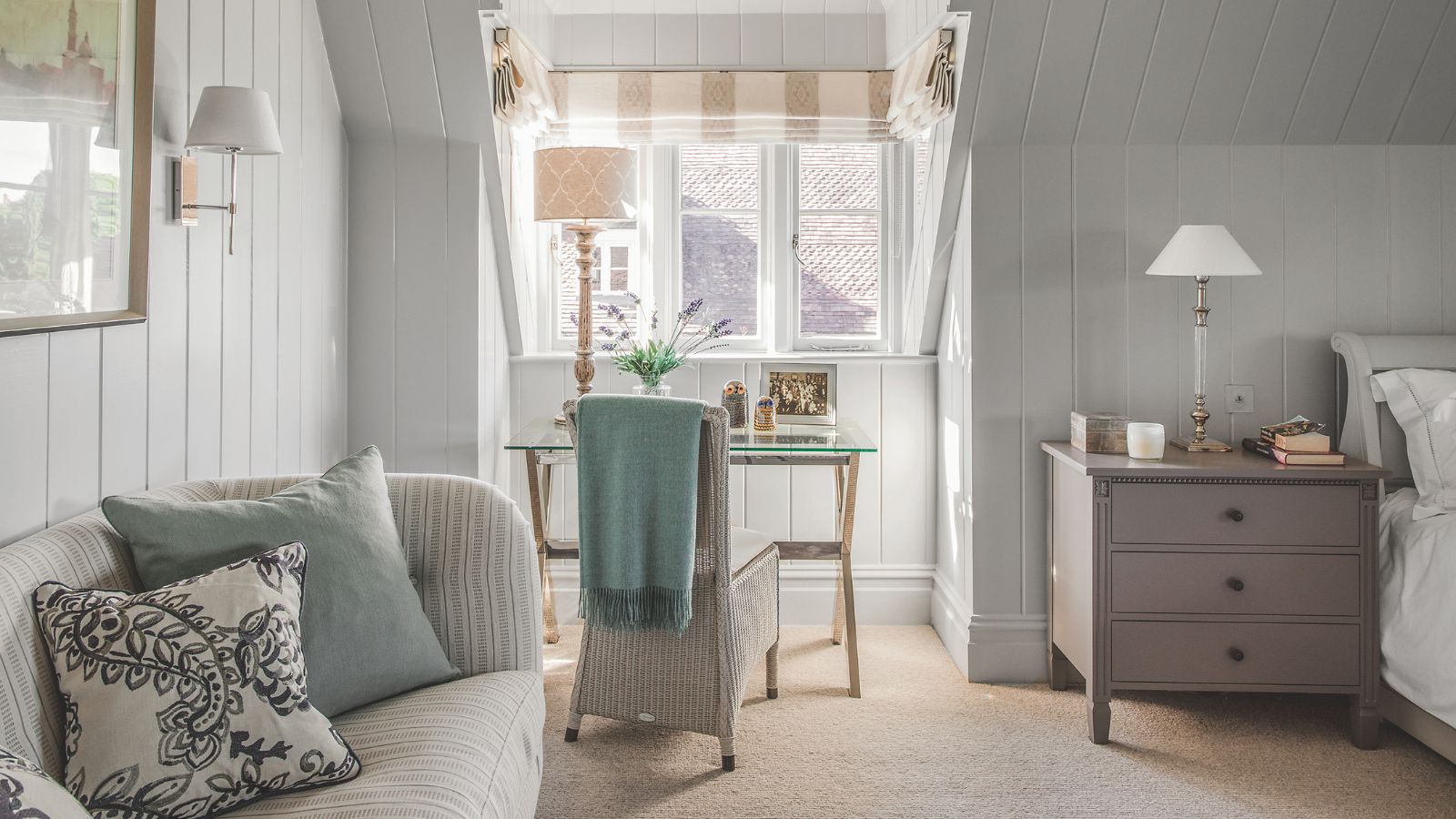 What is cozymaxxing and have you tried it yet? Here are 7 ways to embrace the trend and create an oasis of calm
What is cozymaxxing and have you tried it yet? Here are 7 ways to embrace the trend and create an oasis of calmExperts reveal how to take the cozymaxxing trend from social media into your home with color, texture, lighting and natural materials
By Emilia Hitching
-
 Mid-century modern bedroom ideas – 9 ways to channel this classic style with a current and contemporary feel
Mid-century modern bedroom ideas – 9 ways to channel this classic style with a current and contemporary feelThis timeless interior design style is defined by organic shapes, earthy neutrals, and a focus on functionality, qualities that make it a great choice for a bedroom
By Lilith Hudson